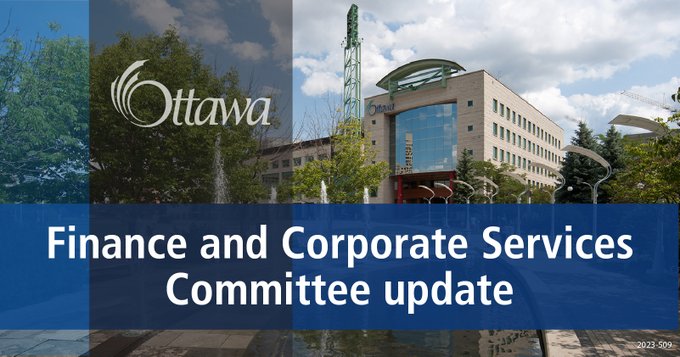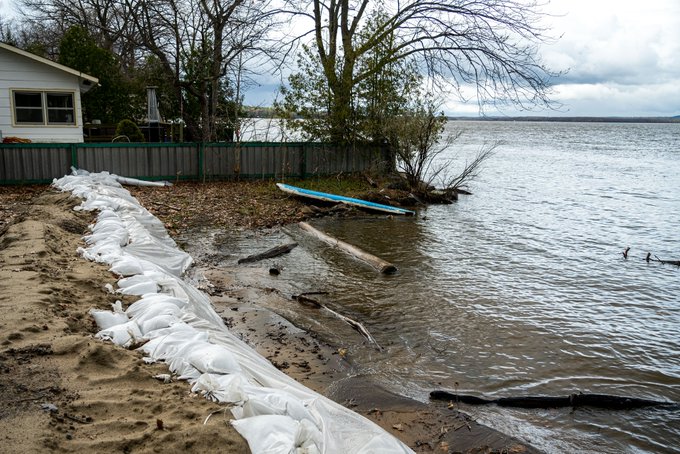
Every year, the City of Ottawa’s Roads and Parking Services team works in partnership with the Rideau Valley Conservation Authority to prepare for its annual Rideau River Flood Control operations. The annual operations are carried out before spring in an effort to mitigate the risk of flooding in communities that abut the Rideau River.
Today, we are here to announce that these operations are officially underway!
A Tiered Approach
Rideau River Flood Control (RRFC) is a multifaceted operation that requires extensive planning and coordination. In a typical RRFC season, work begins with the mobilization of the Rideau River Flood Control team – a select group of highly skilled and trained professionals – whose first task is to gather and prepare the equipment that will be used throughout the operations. Next, the team begins to remove snow from the ice before test holes are drilled at several locations throughout the river corridor. Once the test holes are drilled, keys are then cut into the surface to create long and thin strips of ice that will eventually move down the river and through the falls. As ice makes its way down stream, blasting will be done in strategic and pre-determined locations – such as in close proximity of bridges – to prevent ice from accumulating and blocking the waterflow. Finally, the amphibious excavator will be deployed to help break away any ice that remains on the Rideau River.
This tiered approach has been in place for decades. However, this season – for the first time since this approach has been implemented – operations are going to look considerably different.
A Unique Rideau River Flood Control Season is Upon Us
We are gearing up for a unique RRFC season. The ice on the Rideau River is in a condition like we have never seen it before, and our operations have already taken notice.
At this stage of the season, the cutting of the keys would have been completed and we would now be getting ready for scheduled ice-blasting. However, findings from our latest test holes showed that the ice was dangerously thin and made it unsafe for the RRFC team to deploy its key cutting equipment onto the ice. In an effort to keep staff safe, we adjusted our operations and consequently removed key cutting activities from this year’s operations.
If this would have been a typical season, next on the docket would have been our scheduled ice blasting operations. But as I mentioned, we are looking at unprecedented conditions and so naturally, we’ve adjusted our blasting activities in accordance with the patterns we are seeing out on the Rideau River.
Controlled Ice Blasting
For the first year on record, there is no ice near the falls out in the forebay. While ice can be seen further down the river corridor, it remains dangerously thin which limits our ability to go out onto the ice. We are currently navigating uncharted conditions, but the risk of flooding remains and so blasting may occur – but not as we have seen in previous years.
Earlier this week, the Rideau River Flood Control team switched into a reactive response model. So, what does that mean? Well, we are keeping the closest eye on the rapidly changing ice conditions and the rate at which the river water is flowing, especially near bridges or in areas where the river narrows. Should an area become at risk, we will perform unscheduled blasting operations in an effort to break the ice, allowing it to continue its course down the river corridor.
Our work this season may look different, but we have boots on the ground who are ready to spring into action. At this time, it’s unsure what the coming weeks will look like and what steps we will need to take next. But, to the residents of nearby communities, rest assured. We are here, we are ready, and we will be right there with you to support you through the next stage of the operations.


